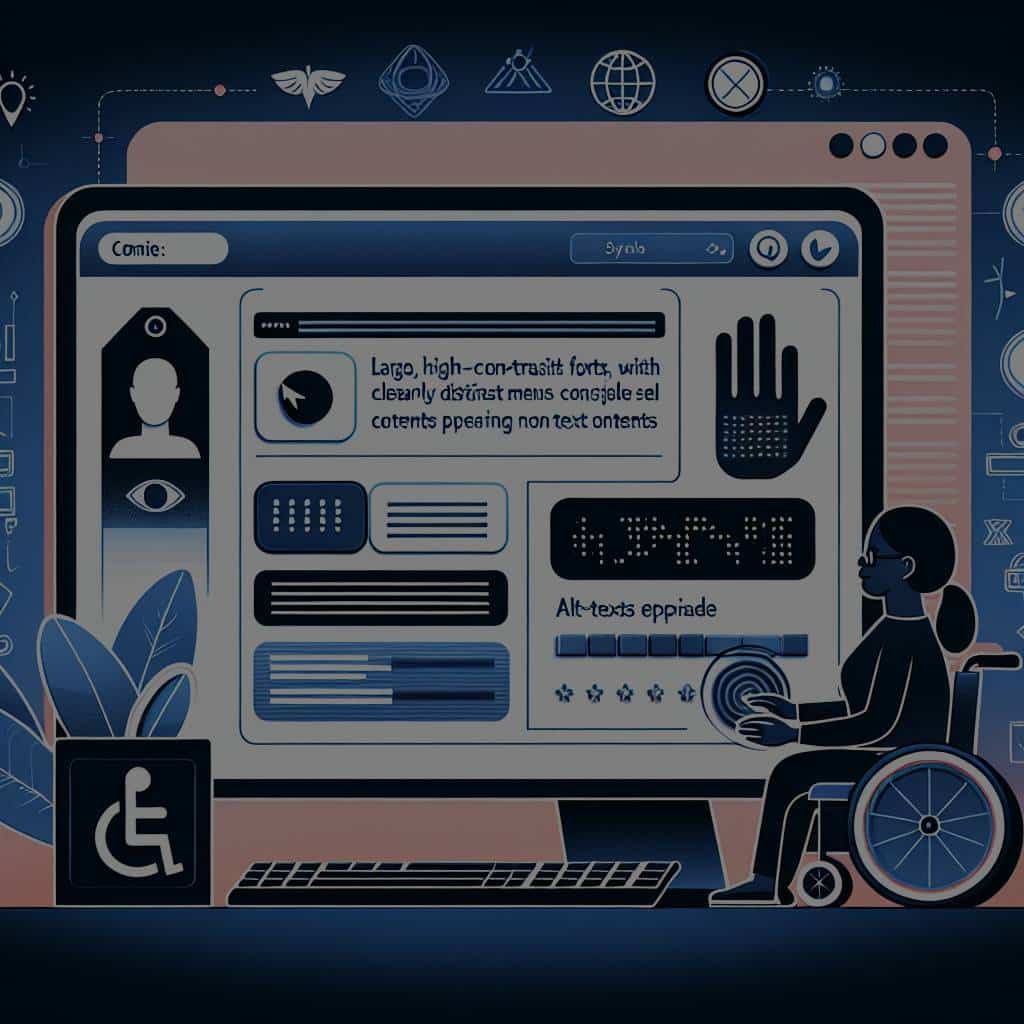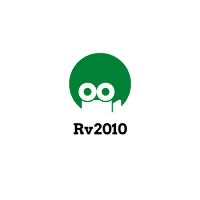What Are the Best Practices for Designing Accessible Websites for the Visually Impaired?

In our technologically-driven world, the web serves as an essential resource for acquiring information, communicating, and conducting a myriad of activities. The increasing dependence on the internet necessitates that the platform be designed to cater to the needs of all users, irrespective of their physical capabilities. As of now, a significant percentage of internet users are visually impaired. Hence, it is crucial that website designers take into consideration the accessibility needs of this demographic. This article delves into the best practices for designing accessible websites for visually impaired users.
Understanding Web Accessibility
Before delving into the nitty-gritty of accessible website design, let’s first understand what web accessibility means. Web accessibility is a practice in which websites are designed and developed such that all people, including those with disabilities, can use them. In practical terms, this means that when designing a website, measures should be taken to ensure that all content (including text, images, and multimedia) is accessible to everyone, including visually impaired individuals.
Also read : What Are the Techniques for Restoring UK Peatlands to Combat Climate Change?
In the context of visually impaired users, accessible website design means that the site’s content should be perceivable and understandable even without relying on visual cues. This includes enabling the use of assistive technologies like screen readers, providing text alternatives for non-text content, and ensuring that the site can be navigated using a keyboard.
Colour and Contrast Considerations
One of the key areas to consider when designing for visually impaired users is color and contrast. While color perception varies among individuals, certain color combinations can be hard to distinguish for people with visual impairments. Hence, it’s essential to use high-contrast color combinations for content in your site.
Additional reading : The best tips for making the most of your Roma Pass
An effective practice is to use a color contrast analyzer tool. These tools can help you determine the contrast ratio between your text and background colors and whether it meets the recommended web accessibility standards. Also, when using colors to convey information, always provide additional cues. For instance, use an asterisk or another symbol to indicate mandatory fields in a form, instead of just color.
Text and Typography Adjustments
When designing for visually impaired users, the text used in your site needs special attention. The selection of font type, size, and color significantly affects the readability of your content.
Choose fonts that are easy to read and distinguish from each other. Avoid using stylized fonts as they can be difficult for visually impaired individuals to interpret. Font size is also crucial. Consider offering a feature that allows users to increase the text size according to their preference.
In terms of color, it’s essential to provide high contrast between text and its background. As earlier mentioned, tools can help you determine whether your color combination meets the required contrast ratio.
Designing for Screen Readers
Screen readers are crucial tools that visually impaired individuals use to browse the web. These tools convert on-screen content into speech or braille output. Designing your site to work effectively with screen readers can significantly enhance its accessibility.
When designing for screen readers, provide descriptive alt text for all images and non-text content. This allows screen readers to relay useful information about these elements to the user. Also, structure your content logically and use appropriate headings, lists, and link descriptions. This enables screen readers to navigate the site effectively and provide users with a meaningful interpretation of the content.
Simplified Navigation
Providing simplified navigation is another crucial aspect when designing accessible websites. The site should be designed in a way that it can be navigated using only a keyboard. This is because most visually impaired users rely on keyboard navigation rather than a mouse.
Ensure that your site has a logical and consistent layout. This makes it easier for users to memorize the site structure and navigate it efficiently. Also, provide skip links that allow users to bypass repetitive content and access the main content quickly.
Remember, web accessibility is not just a nice-to-have feature. It’s a necessity that ensures the web is inclusive and accessible to all users, regardless of their physical abilities. By implementing these best practices in your website design, you can contribute to making the internet a more inclusive space for visually impaired individuals.
Adapting Multimedia Content for Accessibility
One other vital aspect of creating an accessible website for visually impaired users involves adapting your multimedia content for accessibility. Including audio and visual content on your website can enhance the overall user experience, but it’s essential to ensure this content is accessible to visually impaired users.
For videos, the best practice is to provide captions or subtitles, which can be read by screen readers. You should also consider providing audio descriptions that describe the visual elements in the video. This enables users with visual impairments to understand the video content without actually seeing it.
Similarly, for audio content like podcasts or audio clips, providing a transcript can be hugely beneficial. A transcript allows visually impaired users to use a screen reader to understand the audio content. Moreover, providing transcripts also benefits users who prefer reading or are in a noisy environment where listening might be challenging.
When it comes to infographics or other visual content, always provide a text-based alternative. This could be a detailed description of the visual content or a text-based version of the information presented visually.
Also, for any interactive multimedia content such as games or quizzes, ensure they can be operated using a keyboard and are compatible with assistive technologies. This ensures that visually impaired users can fully participate in the interactive content.
Incorporating User Feedback for Accessibility Improvements
An often overlooked, but crucial step in designing accessible websites is incorporating user feedback. The reality is, no one understands the specific needs and challenges of visually impaired users better than they do. By incorporating their feedback, you can continuously improve your website to better serve their needs.
Consider conducting user testing with visually impaired users using a variety of assistive technologies. This can help identify any accessibility issues that you may have overlooked. Regularly invite feedback from your users and be open to making necessary changes.
Collaborating with organizations that advocate for people with disabilities can also be beneficial. They can provide expert advice and insights into the best practices for designing accessible websites.
Remember, designing an accessible website is not a one-time task but an ongoing process. Regularly updating your website to incorporate changes in technology and user needs is crucial to maintaining and improving web accessibility.
Conclusion: The Importance of Accessibility in Web Design
In conclusion, designing websites that are accessible for visually impaired individuals is not just a matter of compliance with web accessibility standards, but a demonstration of empathy and inclusivity. By implementing best practices such as color contrast optimization, text and typography adjustments, designing for screen readers, simplified navigation, adapting multimedia content, and incorporating user feedback, you are not only enhancing the user experience for visually impaired individuals but also making the internet a more inclusive space for everyone.
Remember, the internet is a powerful tool that should be accessible to all, regardless of their physical abilities or visual impairments. By giving proper attention to website accessibility, you are contributing to a more inclusive digital world. It’s not just about creating great web content; it’s about creating web content that can be enjoyed and utilized by everyone.
